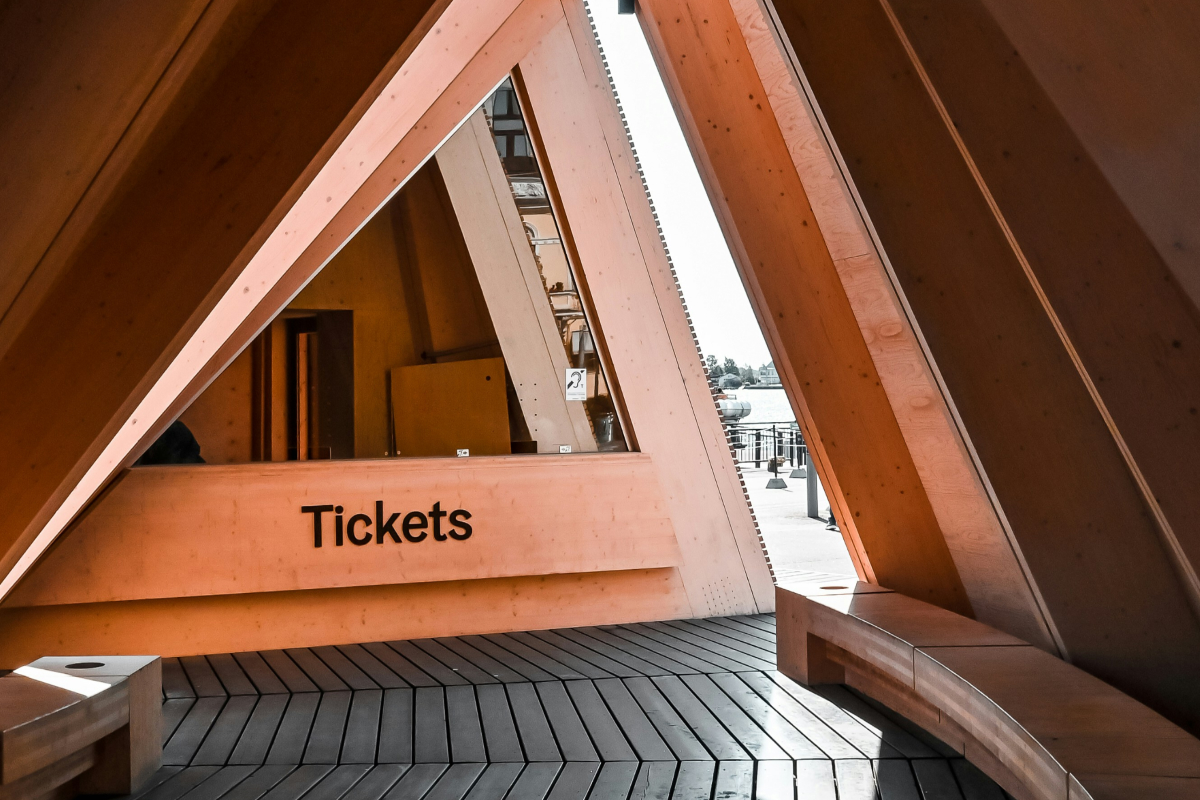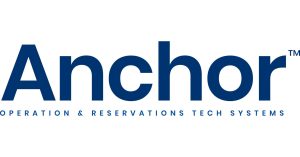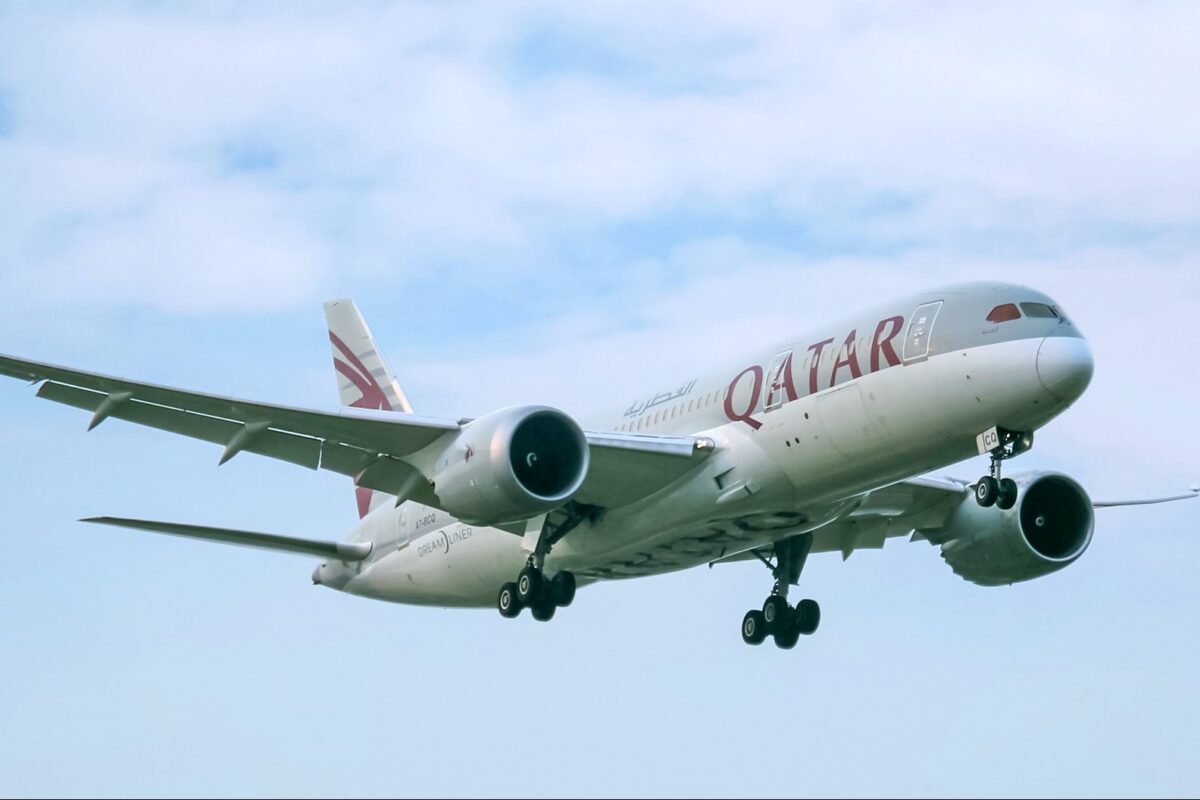Q&A: The Path to Scale for Events and Experiences

Skift Take
This sponsored content was created in collaboration with a Skift partner.
According to a September 2024 report from Skift and McKinsey and Company, the global marketplace for travel experiences offers a more than $1 trillion opportunity. Yet, offering a cohesive customer journey and scaling that capability for attractions and experiences is a continual challenge for operators. In addition to selling the ticket itself, many different systems provide different services for any individual experience, according to Nasi Peretz, president and CTO of Anchor Operating System.
SkiftX spoke with Peretz to better understand the challenges tour, attraction, and transportation operators face in integrating systems and building scale to keep up with customer demand. He also offered advice and outlined the technology solutions that can help them harness the massive opportunities in this space.
SkiftX: Let’s start with a little bit of background on Anchor Operating System. Can you explain the void you saw in the industry and the key problems you’re aiming to solve?

Operating System
Nasi Peretz: Anchor started at the Hornblower Group in an effort to replace 12 different ticketing systems that were being utilized across the company. The Statue of Liberty had a platform. Alcatraz Island was using a different platform. Niagara Falls had a different platform. And then out of their 22 ports, New York had a different platform than San Francisco. San Francisco had nothing to do with San Diego. There was a misspend north of $2 million on licensing fees for platforms that were never theirs.
So they brought in a group including myself, all ex-Ticketmaster, to build a custom platform — "One ring to rule them all." Once Anchor was up and running for a good year, it reached a steady state, and the businesses were not demanding much more change or enhancements. So Hornblower decided to spin us out and have us chase our own revenue.
SkiftX: What areas of the sector have the most opportunity for better ticketing systems and customer experiences?
Peretz: The verticals we see with the biggest opportunities for consolidation and growth are zoos, aquariums, and museums. They're not only underserved by older platforms, but they're also not rich enough in terms of functionality. Two companies have the majority of these attractions, but they haven't been innovating in about 15 years.
SkiftX: What the the key challenges that attractions and experience operators face when trying to scale their operations?
Peretz: I think the biggest challenge operators face today is that they can't adapt to the basics — accepting Apple Pay or Google Pay, using Apple Wallet to store tickets, sending text messages. These are table stakes for you and me. It's what we expect when we book an airline ticket. Ticketmaster has adapted to that, and it's a dinosaur.
In addition, the opportunity to cross-sell merchandise, food and beverage, parking, and most of all, provide a link between all of those things to membership, is simply not there. The industry still operates in silos. “Here is a ticketing platform. This is a POS platform. This is an F&B platform." To the guests, there is no line between these things, but we still put the burden on them. The burden should be on the operator to solve this via a consolidated platform.
SkiftX: So how does your platform work?
Peretz: Our platform is different because it takes care of the experience from end to end, which is good for the operator and the customer. I'll take you through the journey. It starts with discovery modules that people like to sort by — modules that we found at Ticketmaster to be very popular, meaning what's trending now, hot experiences, popular attractions, best value, etc. And it's not just, "give me a spew of everything," but really tries to cater to what the customer values.
Then after discovery, we tokenize the credit card so it’s on file for all the rest of the activities. The guest now has the ability to add parking, or a plushie from the gift shop, or a water or a soda. Why should they have to keep pulling out their card over and over again?
Then when they’re onsite, the app has audio guides in 22 languages that are absolutely free. For our tour and transportation experiences, it also has augmented reality that gives customers the ability to hold their phone out with the camera enabled to see where they are on the journey. For example, on the way to Alcatraz, you can look at the San Francisco landscape and see which is the Golden Gate Bridge, and which isn’t.
Finally, after the experience, guests receive a text message reminder to rate it, and we use proper NPS scoring.
SkiftX: Can you give an example of this process in action?
Peretz: One of our clients operates distilleries, and when you walk in, the anticipation is that you're going to do a tour. You're going to taste some delicious whiskey or rum, and the next step is you're going to buy some. The guest will show up at retail, and they want their engraved bottle. They want merch, and they want to remember that trip. They might sit down for a meal and enjoy another drink after their normal tasting and a little snack. For all of these things, they can scan their ticket to pay, and they never have to pull out their wallet again.
We've learned that it is all about this 360-degree view of the guest. If you solve for that, people will use your app religiously — as opposed to giving them discovery, booking, and multiple points of purchase all through different paths. There's a lot to be said about how travel companies like Delta and Hyatt have created a really good faithful set of customers by giving them convenience.
SkiftX: Thinking a bit more broadly, how is your approach improving the overall customer experience, and what are the implications for what you’re doing that can inspire the industry?
Peretz: We've seen it manifest itself in public transportation. There are 38 vessels and 6.5 million passengers who take the New York City Ferry, and most of them didn’t even think about having a beer, wine, or concessions as part of their commute until we introduced them in the app. On average across two years, we saw it hover at close to nothing.
So we introduced a prompt, post-ticket purchase: "Would you like to order anything else while on the ferry ride?" The offering is the same, but now we’re seeing sales soar. That’s really meaningful in terms of what that experience is for the ferry rider and the ferry operator, but it is a larger inspiration to the industry. If you have the customer, and they're paying attention to you, there's so much opportunity there that's just completely untapped.
To learn more about Anchor Operating System, request a demo, or inquire about a partnership, visit https://www.getanchor.io/.
This content was created collaboratively by Anchor Operating System and Skift’s branded content studio, SkiftX.





